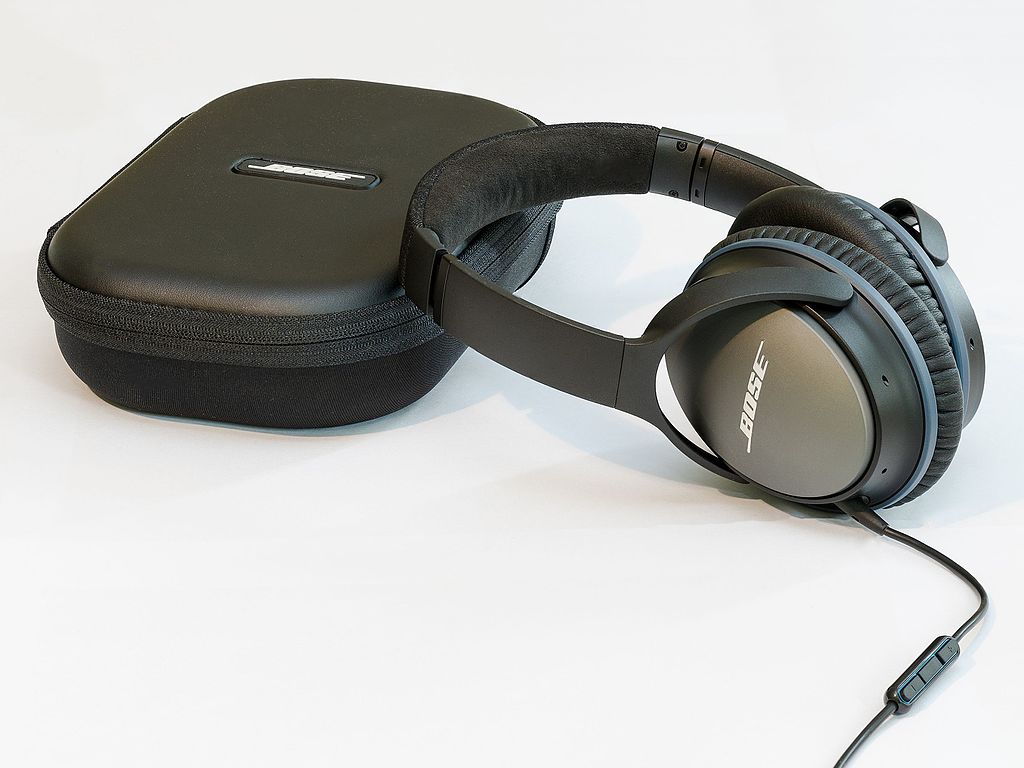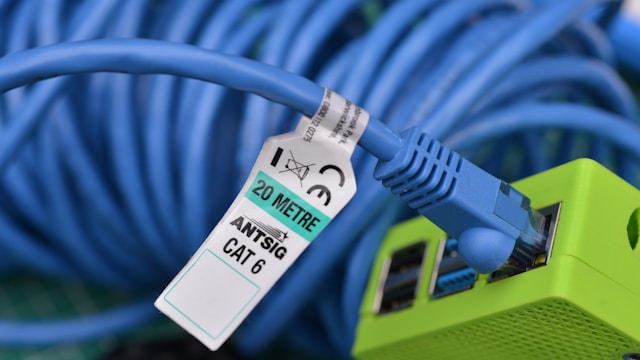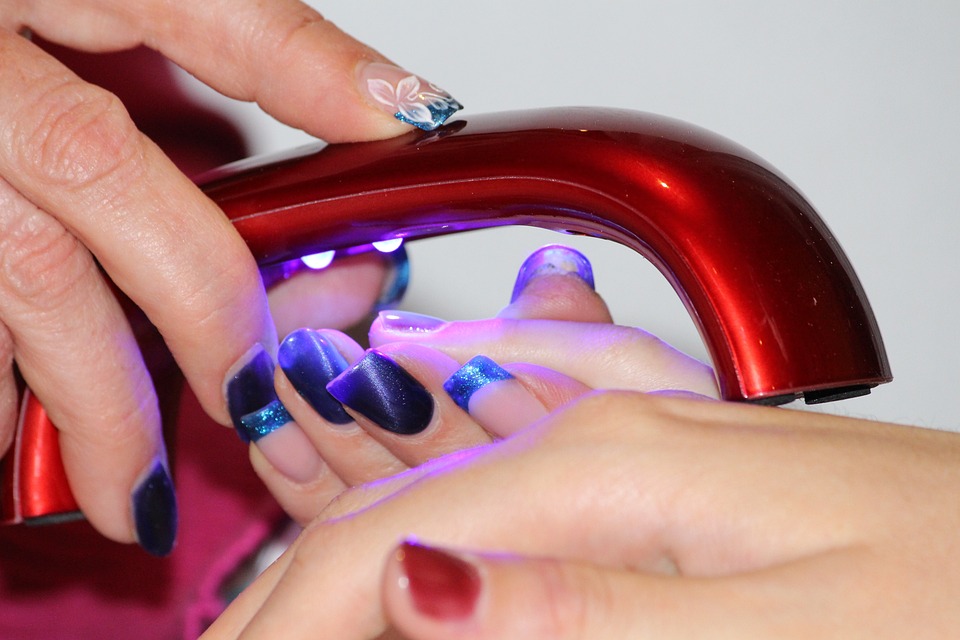When you first set out to buy a new pair of headphones, it seems like an easy enough task. You need to find something comfortable that also matches your activity level and sounds great. The problem is, there are so many different brands, styles, types and features you’ll soon find yourself up to your neck in choices.
Do you spring for the in-ear, minimal headphones that sacrifice a certain level of bass and sound quality? Do you go for noise-canceling, so you can hear the full spectrum of sound and have a more immersive experience? Do you get wireless or wired?
There are plenty more questions where those came from. But don’t get too discouraged: We’re here to help. The goal of this brief — yet informative — guide is to help you understand the difference between various types of headphones. Furthermore, when you’re done reading, you should have a much better understanding of what type suits your needs best.
Let’s get started.
What Types of Headphones Are There?
There are three major types of headphones you need to be familiar with, and differentiating between them is fairly simple. They are:
- In-ear — This category includes canal or earbud-types that rest inside the outer ear canal.
- Over-ear — This category includes headphones that encase the entire ear, and are sometimes called over-the-head earphones.
- On-ear — Also called supra-aural headphones because of their design, this category rests on top of the ear. The difference between these and over-ear is that they don’t encase the entire ear, meaning they don’t block out noise, and can sometimes leak what you’re listening to out into surrounding areas.
Along with those different types, there are varying classifications of headphones, which include the following:
- Noise-canceling — These are designed to block out background noise through the use of integrated microphones. The mics record ambient noise and then create an inverse sound wave to eliminate it.
- Surround — As you’d expect from their name, these offer a full surround experience — as if you were in a theater or near a home surround system.
- Open- or closed-back — The back or front of the earcups for these headphones are either open or sealed. Closed-back headphones naturally isolate noise, while open-backs provide a more natural sound that audiophiles love.
- Noise-isolating — Isolating headphones physically block external noise by creating a seal in or around your ear. Noise-isolating earbuds create a seal in your ear canal. With these, selecting the ideal eartips is critical to the sound experience. Over-ear headphones create a seal around your entire ear — the best fit ensures a tightly closed seal for maximum sound isolation.
It’s important to note all of the aforementioned headphone types can vary even more thanks to the classifications. For example, over-ear headphones might be either noise-canceling or surround-focused. The same is true of earbuds, and so on.

Apple
What About Wireless and Wired?
Of course, we can’t forget to talk about the difference between wireless and wired headphones. Each type is connected to the device or system in question in a different way. A wired headset, for instance, requires an audio or aux cable to be plugged directly into an audio port of the device. Wireless phones receive the audio signal wirelessly, via something like Bluetooth.
Bluetooth is common these days, but to use it, you’ll need to have both a Bluetooth-enabled phone or media player and a Bluetooth-enabled headset. Having just one or the other won’t work, we’re afraid.
As for which is better, it depends on what you want out of your headphones. Wired, obviously, has the downside of having to deal with wires or cables. When you’re working out, a cable can get in the way, and sometimes even hamper your movement.
On the other hand, wireless headphones or earbuds don’t involve any cords, but they do rely on battery power for portability. For this reason, they are not usually as reliable over the long term as a pair of wired headphones. The latter is less of an issue if you pick out headphones with a decent battery life, and many wireless earbuds come bundled with cases that double as a power pack. In other words, you charge the case itself, and when you can’t get to an outlet, you can plug the earbuds into it for additional juice. It’s a pretty awesome feature.
Whether you’re a dedicated audiophile or just someone who wants to listen to your favorite media on the go, finding the right set of headphones is all about what you want to complement your listening experience.







